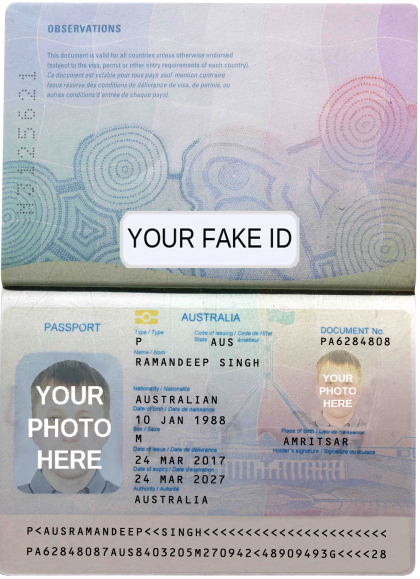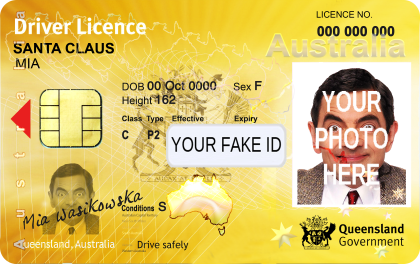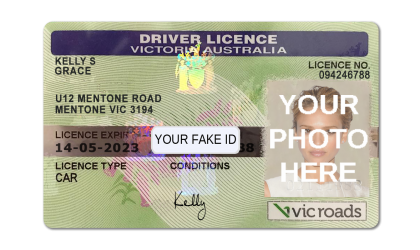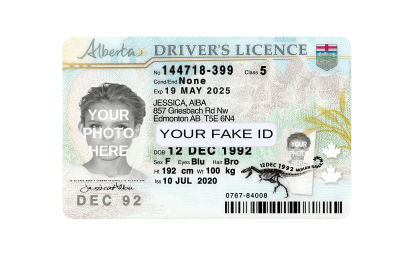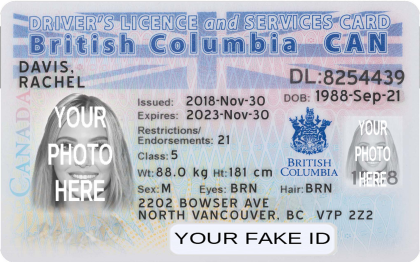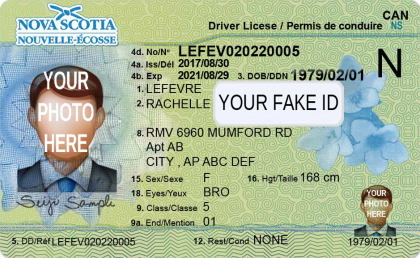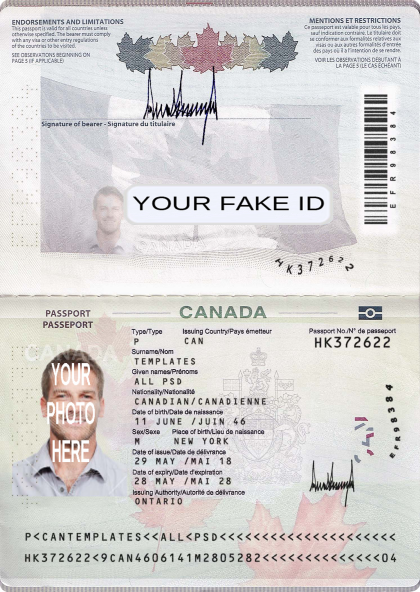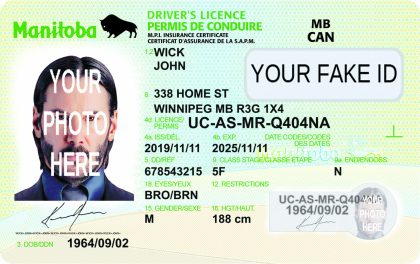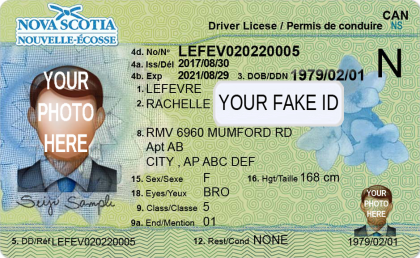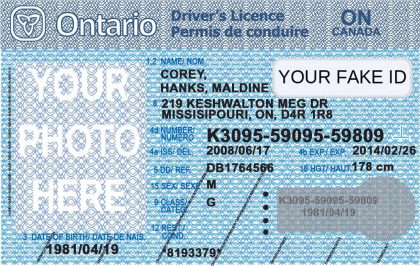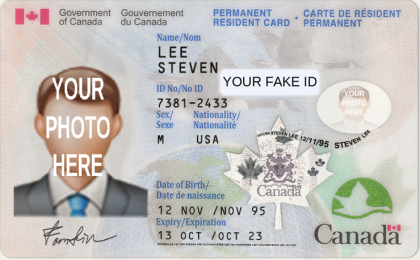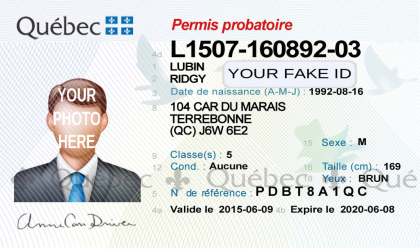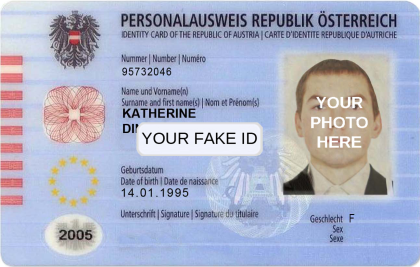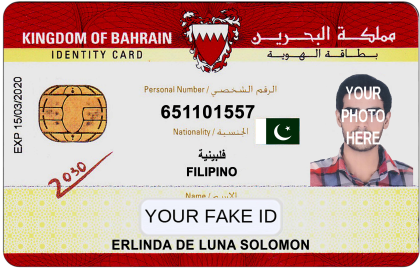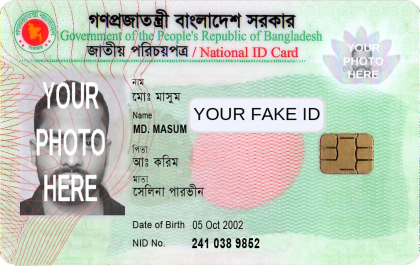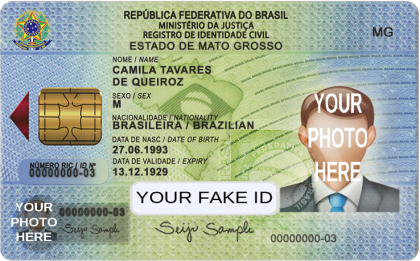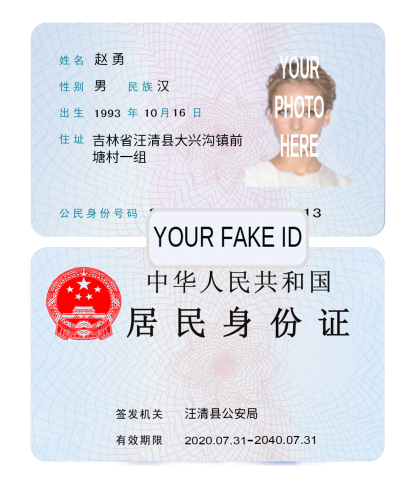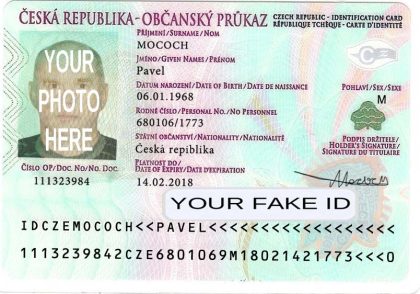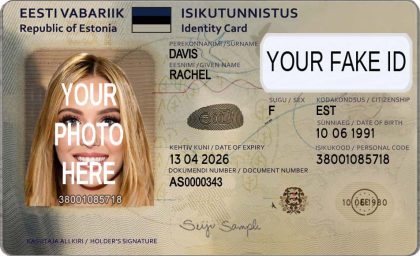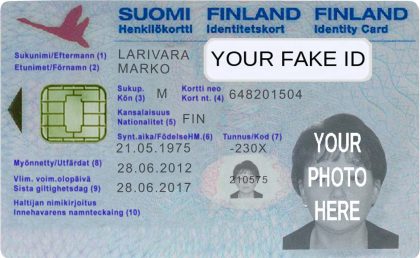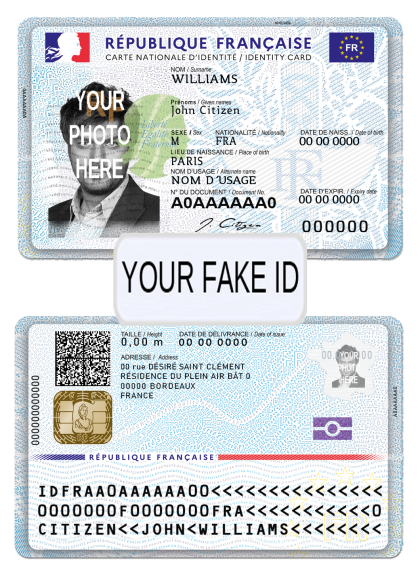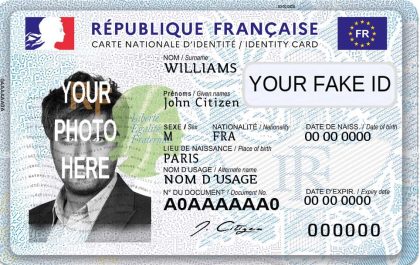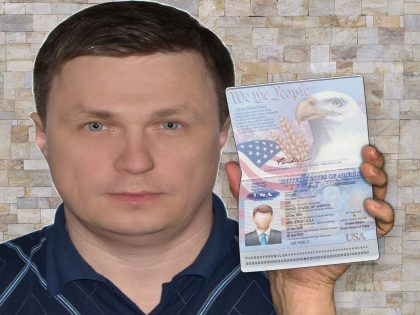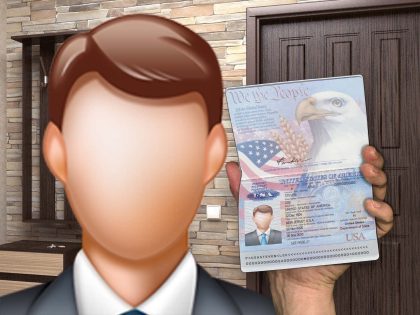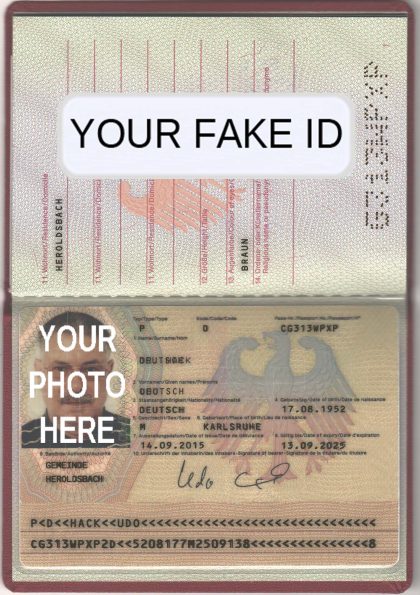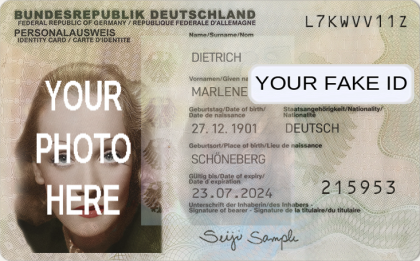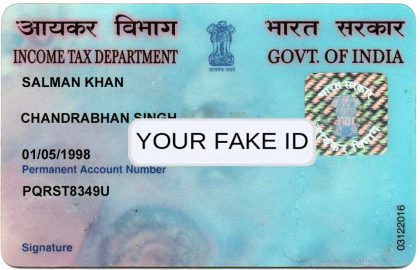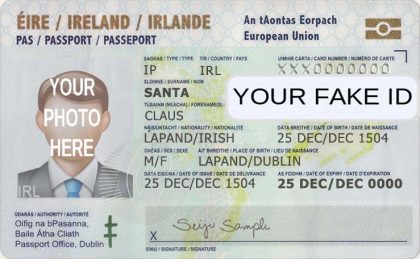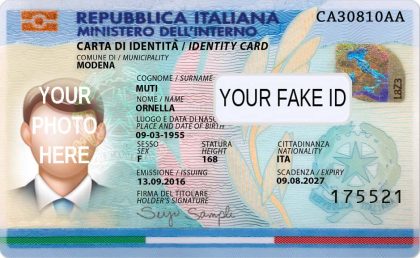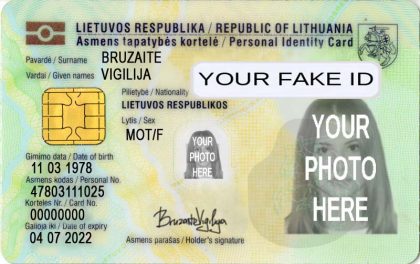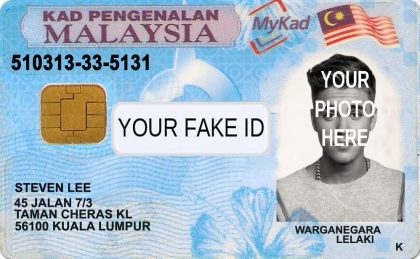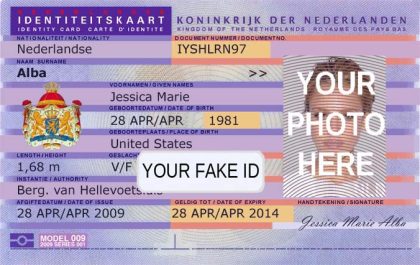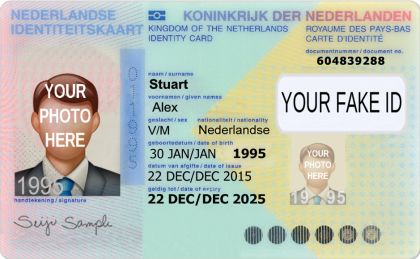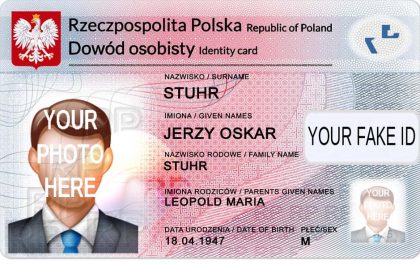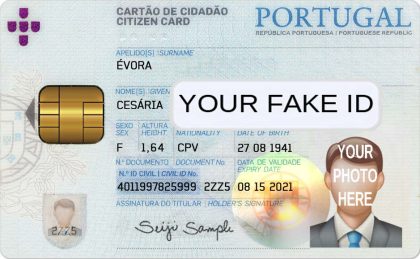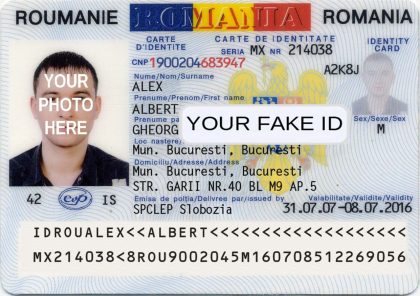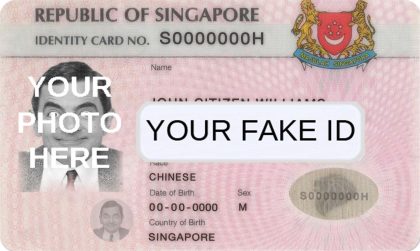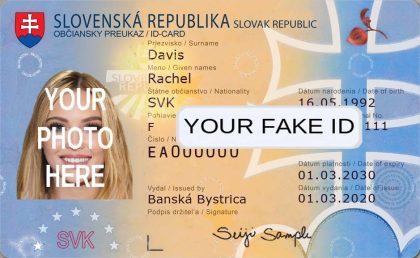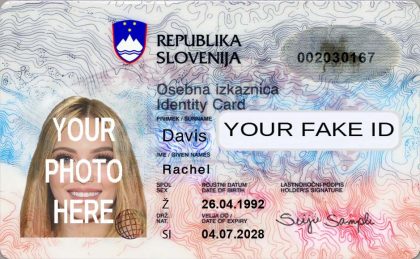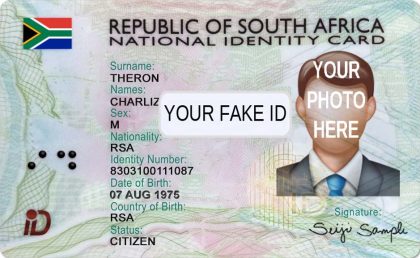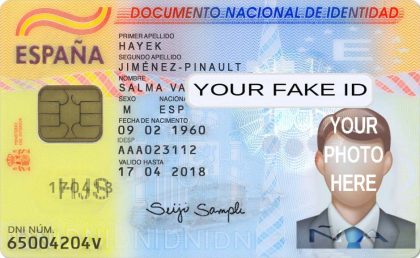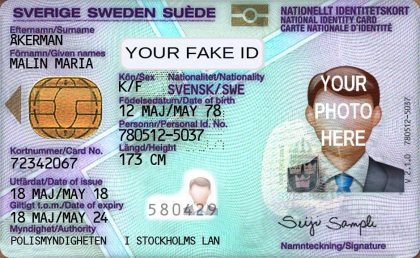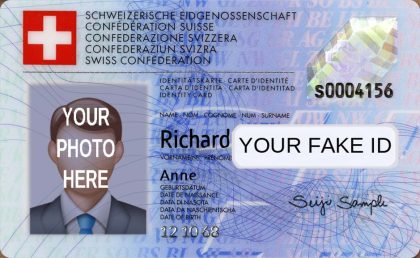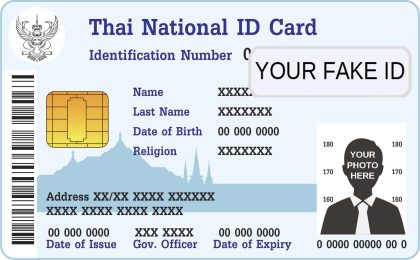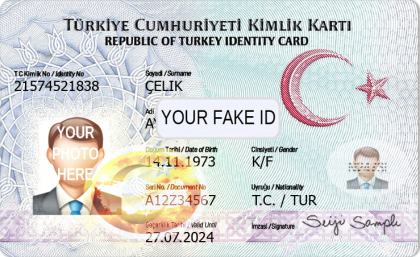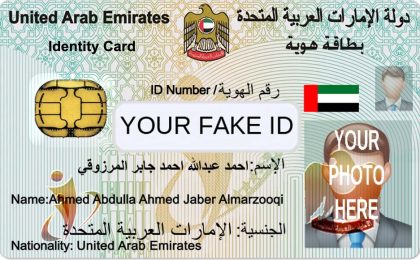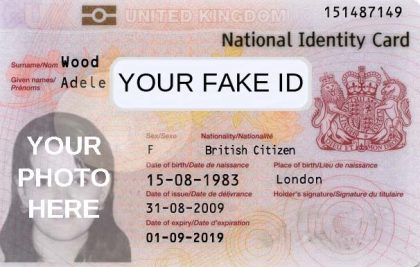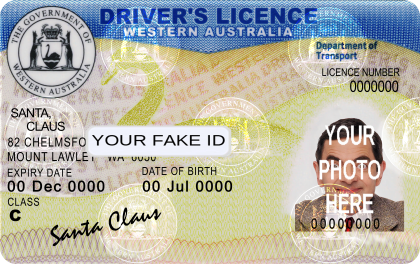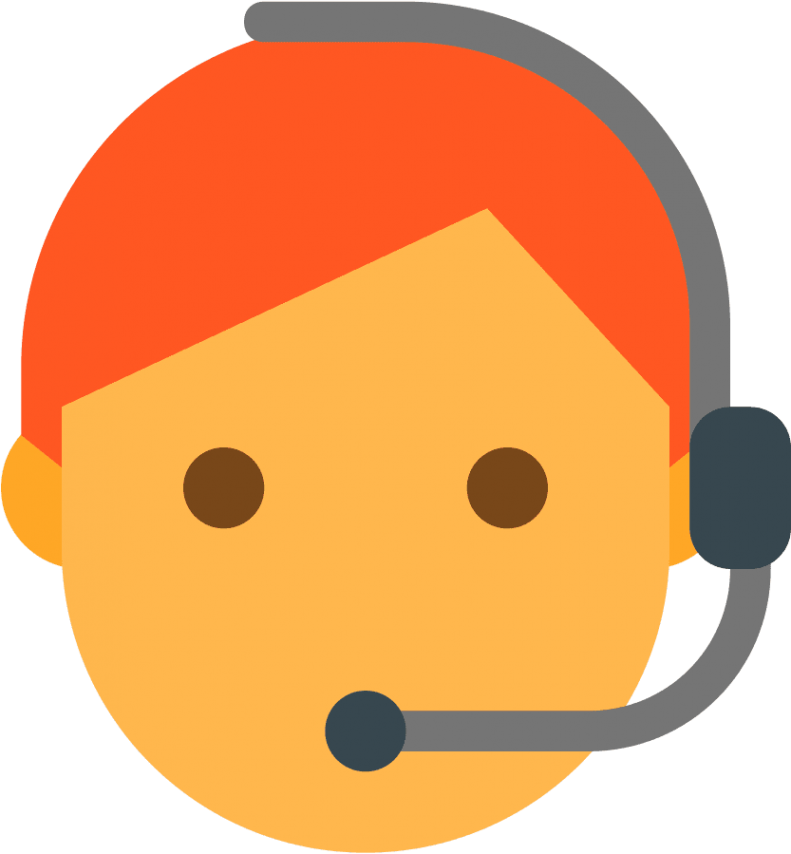Showing all 51 results
-
$19.95
Australia Fake Passport Template
-
$19.95
Australia Queensland Fake ID Template
-
$19.95
Australia Victoria Fake ID Template
-
$19.95
Canada Alberta Fake ID Template
-
$19.95
Canada British Columbia Fake ID Template
-
$19.95
Canada Fake ID Template – Nova Scotia
-
$19.95
Canada Fake Passport Template
-
$19.95
Canada Manitoba Fake ID Template
-
$19.95
Canada Nova Scotia Fake ID Template
-
$19.95
Canada Ontario Fake ID Template v1
-
$19.95
Canada Ontario Fake ID Template v2
-
$19.95
Canada Quebec Fake ID Template
-
$19.95
Fake ID Austria Template
-
$19.95
Fake ID Bahrain Template
-
$19.95
Fake ID Bangladesh Template
-
$19.95
Fake ID Brazil Template
-
$19.95
Fake ID Canada Template
-
$19.95
Fake ID China Template
-
$19.95
Fake ID Czech Republic Template
-
$19.95
Fake ID Estonia Template
-
$19.95
Fake ID Finland Template
-
$19.95
Fake ID France Passport Template
-
$19.95
Fake ID France Template
-
$19.95
Fake ID Front and Back With Selfie-1
-
$19.95
Fake ID Front and Back With Selfie-2
-
$19.95
Fake ID Front and Back With Selfie-3
-
$19.95
Fake ID Germany Passport Template
-
$19.95
Fake ID Germany Template
-
$19.95
Fake ID Hong Kong Template
-
$19.95
Fake ID India Template
-
$19.95
Fake ID Ireland Template
-
$19.95
Fake ID Italy Template
-
$19.95
Fake ID Lithuania Template
-
$19.95
Fake ID Malaysia Template
-
$19.95
Fake ID Netherlands-V1 Template
-
$19.95
Fake ID Netherlands-V2 Template
-
$19.95
Fake ID Poland Template
-
$19.95
Fake ID Portugal Template
-
$19.95
Fake ID Romania Template
-
$19.95
Fake ID Singapore Template
-
$19.95
Fake ID Slovakia Template
-
$19.95
Fake ID Slovenia Template
-
$19.95
Fake ID South Africa Template
-
$19.95
Fake ID Spain Template
-
$19.95
Fake ID Sweden Template
-
$19.95
Fake ID Switzerland Template
-
$19.95
Fake ID Thailand Template
-
$19.95
Fake ID Turkey Template
-
$19.95
Fake ID United Arab Emirates Template
-
$19.95
Fake ID United Kingdom Template
-
$19.95
Western Australia Fake ID Template
What’s The Point In Using A Fake Name?
Your real name comes with its own share of baggage on the internet; old questions in IT forums, unacceptable comments on political articles and photos from parties that you vowed would remain unseen may all weigh heavily against it. By creating a fake name instead, these issues can be avoided altogether. Some people as well as writers use pseudonyms in order to protect themselves from stalkers and write about sensitive topics, while search engine isolation may be another reason many others to blog anonymously.
More Privacy
Many people resort to using fake names online in order to protect their privacy and avoid getting involved in other activities. A fake identification template also known as a fake id template may be needed to better enhance this for some people. While using a false identity can help keep companies at bay from tracking you activity or getting you into trouble for other acts, using one comes with risks: finding employment may become harder as other users may not take you seriously as an individual if using one of these.
Some individuals choose pseudonyms in order to conceal their ethnicity or gender. Others do it so as not to become associated with any controversial discussions. Whatever your motives, remember that any risks lie not in the name itself but in what it represents; when participating in sensitive discussions it is usually best to use your real name instead and additionally use an email address that’s separate than your usual one.
Using a Fake Name Protects Anonymity
Many individuals choose to write and speak online under a fake name for various reasons, one being privacy and anonymity online – especially those living under authoritarian or oppressive governments who may feel they need to shield their identities online from harassment, criticism, or threats of any sort. This can be enhanced with a fake identification template also known as a fake id template for some people. Other reasons might include concealing gender or ethnicity for personal or professional use online.
Use of a false identity can also make it more difficult for hackers to expose personal details about you on the internet, or doxx. While this doesn’t guarantee complete protection from being found online, using an assumed name adds another layer of defense for maintaining anonymity online. Some individuals employ pseudonyms in order to keep their professional lives separate from their personal lives, or avoid being perceived as trolling. It can also help those attempting to avoid stigmas of sexism, racism or any form of discrimination from being involved with them.
There may be many reasons for someone to choose to use an anonymous pseudonym online, but it is important to keep in mind that using one provides only limited protection from public identification of your true identity. This endeavour can be enhanced with a fake identification template also known as a fake id template. Therefore, when posting anything that could potentially compromise either your career or privacy (old questions posted to IT forums, objectionable tweets or even photos showing too much partying at night –these may all make their way onto the internet and give enemies enough evidence against you), always think before posting anything that could negatively affect either.
Using a Fake Name When Surfing Social Media
People frequently post personal details on social media without realizing this can put them in danger. Stalkers could use such details against them in an effort to stalk and harass their targets. Your passwords should be changed frequently and make sure your phone, computer and Instant Messaging services have acceptable privacy policies that prohibit cyberstalking. In addition, try gender neutral screen names and emails as additional defense mechanisms.
Use a different email address
Many individuals use pseudonyms online in order to protect against online stalking and protect personal privacy; however, not everyone may feel comfortable doing this. Furthermore, some social media platforms require users to provide official identification if reported; this could reduce privacy and safety online.
Cyberstalkers will often go to great lengths in order to cyberstalk others, including hacking into their target’s computer, creating fake identities and photos, or even posing as love interests or friends in order to gather more information on them. Furthermore, they may call pretending to be tech support representatives requesting their credit card number from victims. Some people will want to take this to another level with a fake identification template also known as a fake id template. If you suspect you or a loved one is being stalked, contact the authorities immediately and keep a log of interactions including times and dates as well as screenshots of messages which might serve as evidence that someone has cyberstalked you.
Use a different phone number
Assigning yourself a unique phone number can help safeguard against online stalking and scams. Be wary when contacting people using fake names – be sure to pose detailed inquiries before responding, and always contact them by telephone instead of email if possible. If your teen is experiencing cyberstalking, encourage them to keep a log of interactions with their stalker. This will enable them to monitor how much unwanted attention they’re receiving while providing evidence should a court case ensue. Record dates and times of interactions as well as witnesses. Other people will take this to a higher level by using a fake identification template also known as a fake id template. The EFF has long advocated against Facebook’s “real name” policy, which requires users to provide official identification when creating accounts – particularly drag queens and other members of the LGBTQ community. This requirement disproportionately impacts them.
Use a different password
One can protect themselves against online stalking and maintain personal privacy in many ways, including social media use and keeping address details confidential for magazines, bills and packages; they could also register their state’s address confidentiality program; furthermore they could inform co-workers, schoolmates or on-site security staff of their situation so that they may notify authorities if they see the stalker.
Another great way to protect against online stalking is by keeping social media profiles private, not tagging anyone in photos, and posting the locations of places they frequent. Strong passwords and two-factor authentication should always be utilized whenever possible and ensure no personal data can be compromised on devices. People should use an anonymous pseudonym when creating profiles on any social media website or blog, and avoid providing their real names or posting information that reveals themselves online. They should encourage friends and family members to do the same.
Using a different username
Stalking is an act of online harassment committed against innocent victims by criminals who follow them and gain access to personal data such as emails, instant messages, chats and online-banking accounts of those targeted. Some people find it necessary to use a fake identification template also known as a fake id template for added benefits. We all know someone who has experienced stalking first-hand; cyber-stalking is an even more serious form that involves criminals following victims through cyberspace and gaining control of their movements as well as accessing any personal data that they might possess – including emails, instant messages chats or online banking accounts belonging to their target.
Another way to protect against online stalking is by creating a unique username. While this won’t prevent every instance, it can make life harder for stalkers. Also using nicknames, initials or older family names rather than your legal name could prevent potential stalkers from learning your real identity or personal details. Make a separate account with a different photo to prevent stalkers from recognizing you from earlier encounters online, and to provide yourself with an “out” in case they try to contact or stalk you again. Also have somewhere safe where you can go in case of threat such as friend’s home, local authorities or domestic violence shelters.
